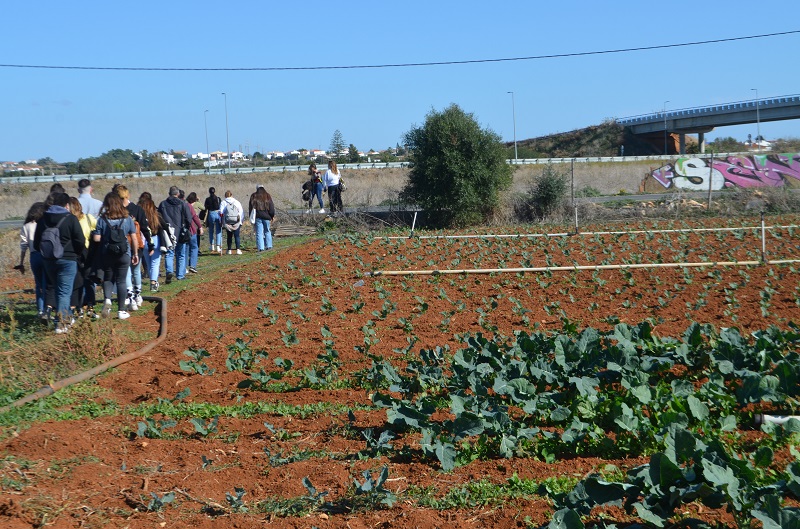 text and images courtesy of University of Algarve.
text and images courtesy of University of Algarve.
The Portuguese pilot of INCULTUM over the Campina de Faro (Algarve), launched a challenge to professors and students of Architecture at the University of Seville.
As part of the Taller de Arquitectura Iberia Sur (TAIS), by Tierras del Algarve, Occidentes, coordinated by Professor Juan Vásquez Avellaneda, 40 students from the Escuela Técnica Superior de Arquitectura (ETSA) guided by six professors are developing projects to rehabilitate the old Quinta da Penha (Faro), from the 18th century, and its hydraulic heritage. TAIS proposes to work on the southern Portuguese region for the knowledge of shared experiences and situations: urban, housing, landscape, and heritage, with the aim of establishing cooperative and sustainable intervention strategies.
This aim is part of the intention of our pilot which, based on the study, inventory, and recovery of the traditional irrigation system (in disuse and degradation process), intends to give it visibility, making it protagonist in the proposal of cultural routes to be developed within the scope of the cultural tourism, and managed by the farmers and local communities.
In this sense, a study visit, and fieldwork was carried out, on November 18, 2021, with the objective of recognizing and analyzing the heritage values, but also the existing problems, with a view to developing proposals for the recovery of the buildings, adjacent outdoor spaces, and hydraulic structures (waterwheels, tanks, canals), whose program is part of the objectives of our pilot and INCULTUM.
In addition, on 13th May, a Congress entitled Del Algarve. Paisajes Ciudades Arquitecturas Palabras will be held at the University of Seville with the participation of the Portuguese pilot’s team that will present our study-case about the Campina de Faro, and where the rehabilitation projects of the historic Quinta da Penha and the landscape and water heritage, will be presented by Spanish students and professors.
Learn more about INCULTUM Pilot 2 Campina de Faro


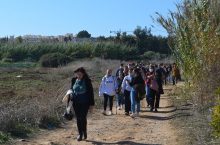






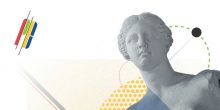
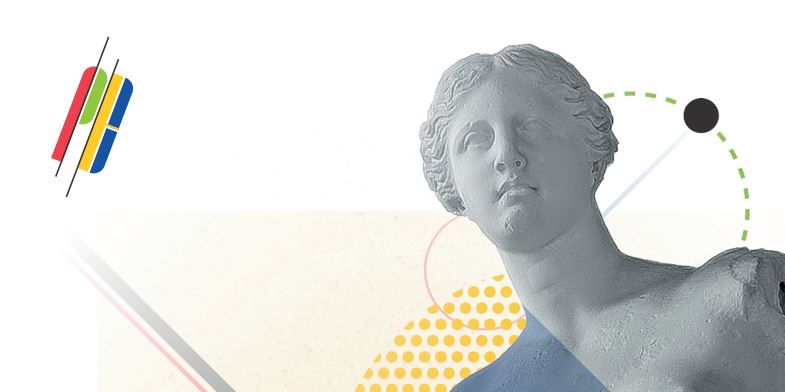 Under the French Presidency of the Council of the European Union, the symposium ‘Heritage for the Future, Science for Heritage: A European Adventure for Research and Innovation’ will be held next 15 – 16 March 2022 organized by the
Under the French Presidency of the Council of the European Union, the symposium ‘Heritage for the Future, Science for Heritage: A European Adventure for Research and Innovation’ will be held next 15 – 16 March 2022 organized by the 
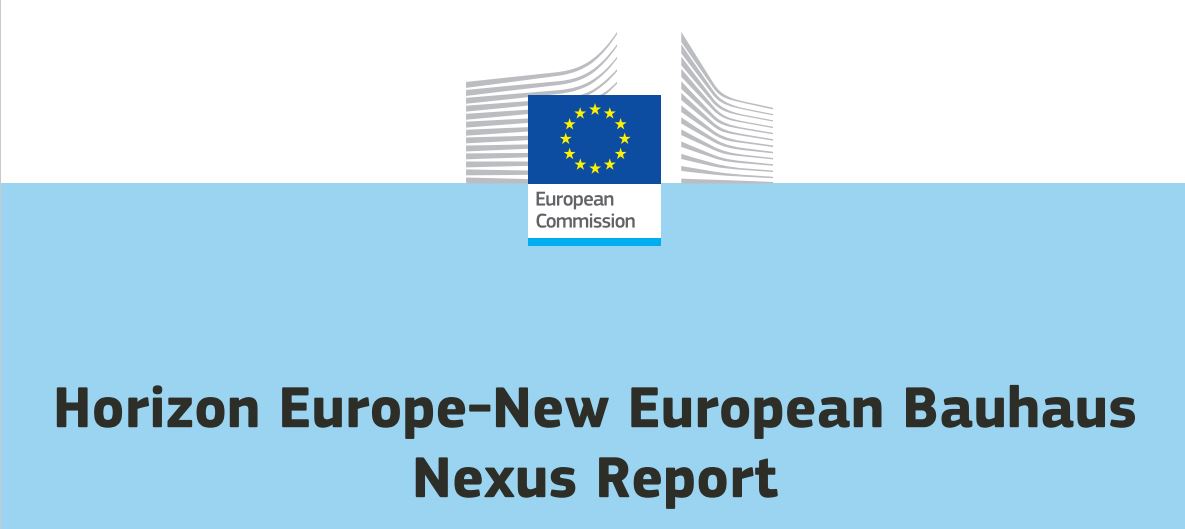
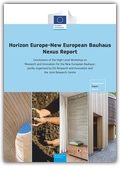 European Commission, Directorate-General for Research and Innovation, Schellnhuber, H., Widera, B., Kutnar, A., et al., Horizon Europe and new European Bauhaus NEXUS report : conclusions of the High-Level Workshop on ‘Research and Innovation for the New European Bauhaus’, jointly organised by DG Research and Innovation and the Joint Research Centre, 2022,
European Commission, Directorate-General for Research and Innovation, Schellnhuber, H., Widera, B., Kutnar, A., et al., Horizon Europe and new European Bauhaus NEXUS report : conclusions of the High-Level Workshop on ‘Research and Innovation for the New European Bauhaus’, jointly organised by DG Research and Innovation and the Joint Research Centre, 2022,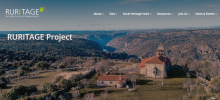
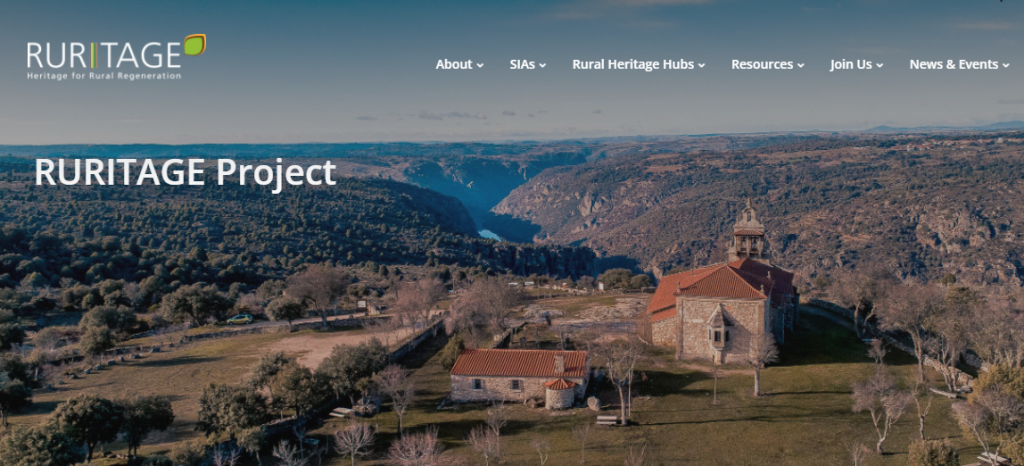
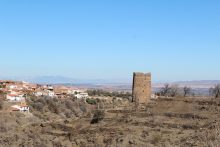


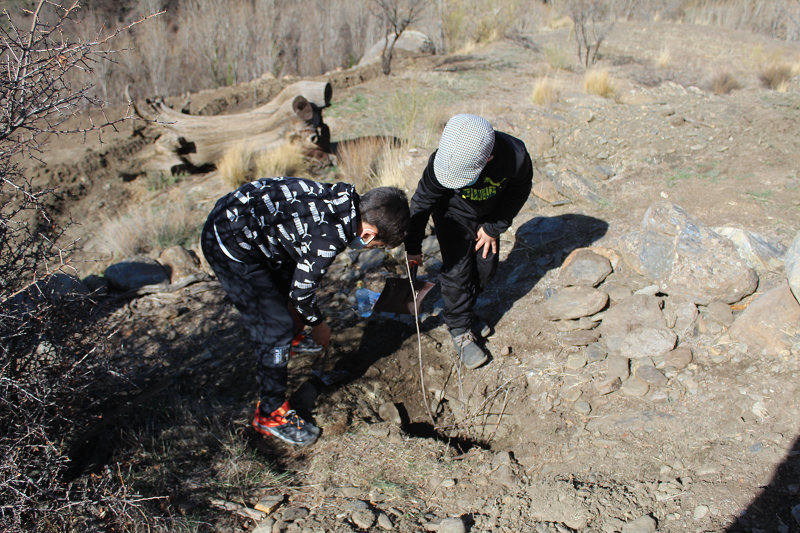

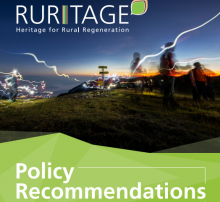
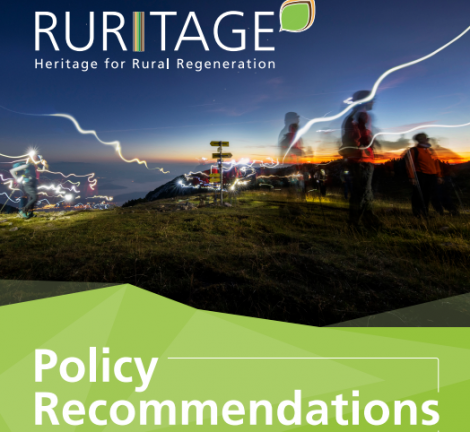


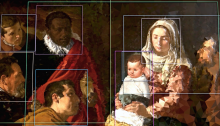
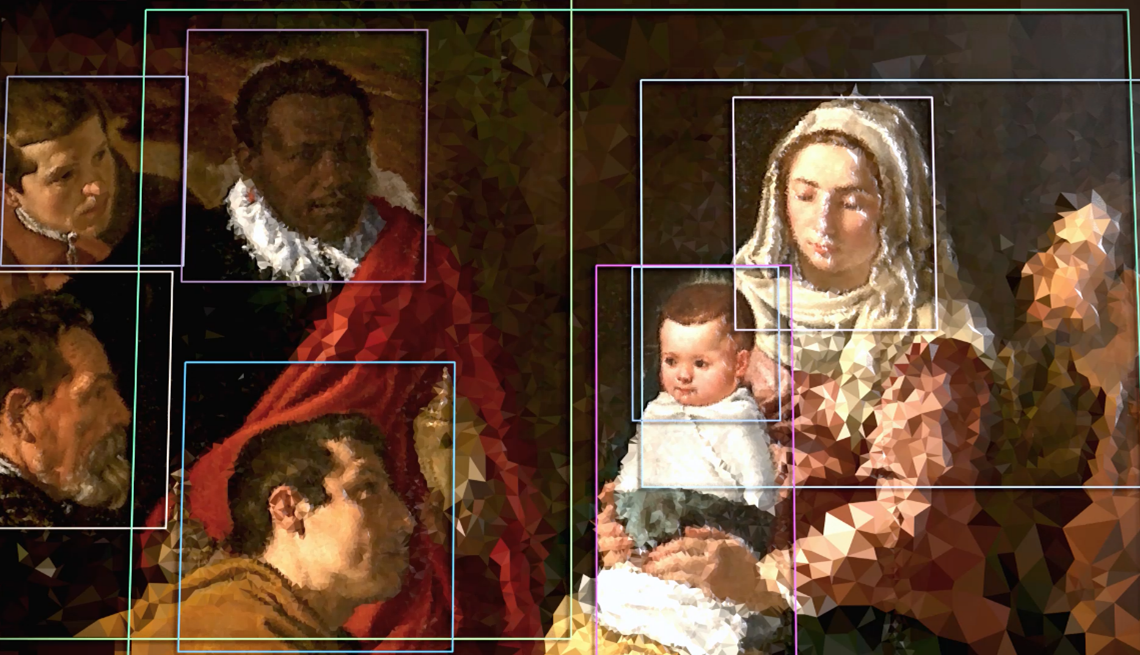 Cultural heritage professionals aim to improve the way we understand paintings by generating descriptions of them. However, since millions of cultural objects have been created throughout history, completing such a task seems impossible, but only for humans.
Cultural heritage professionals aim to improve the way we understand paintings by generating descriptions of them. However, since millions of cultural objects have been created throughout history, completing such a task seems impossible, but only for humans.

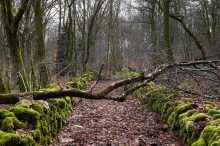
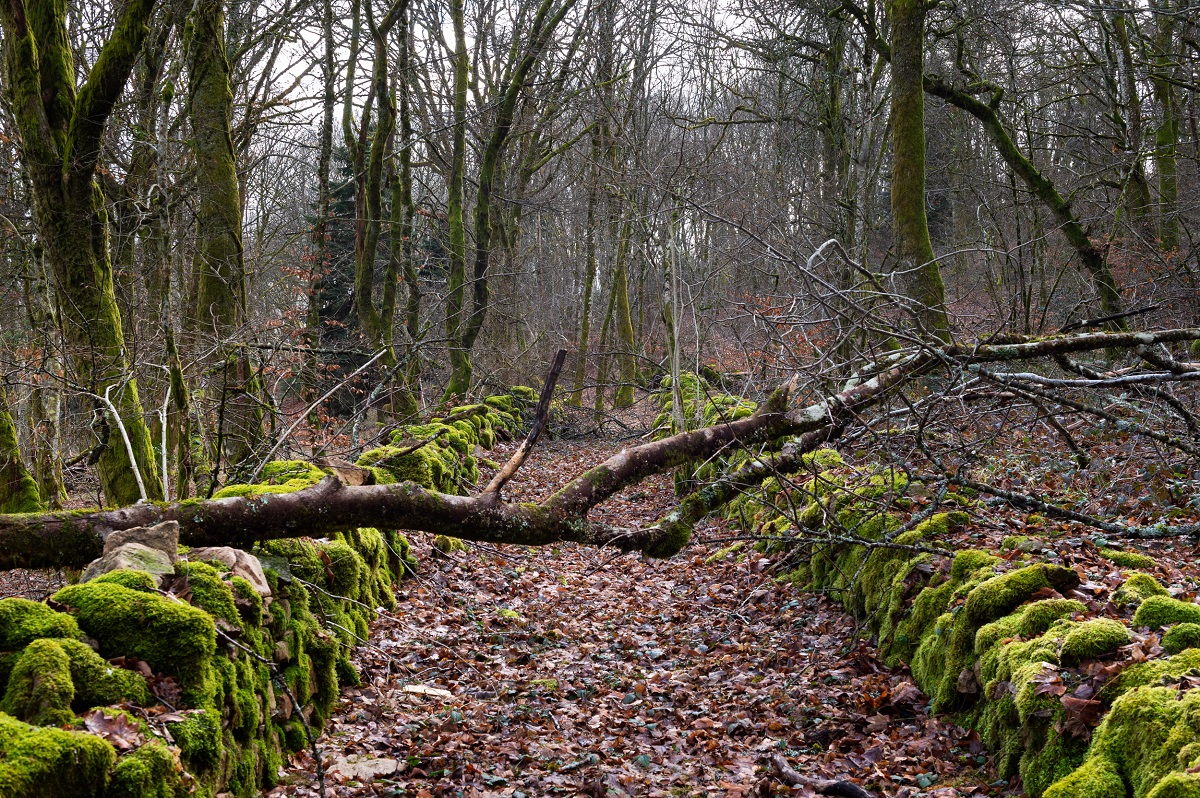
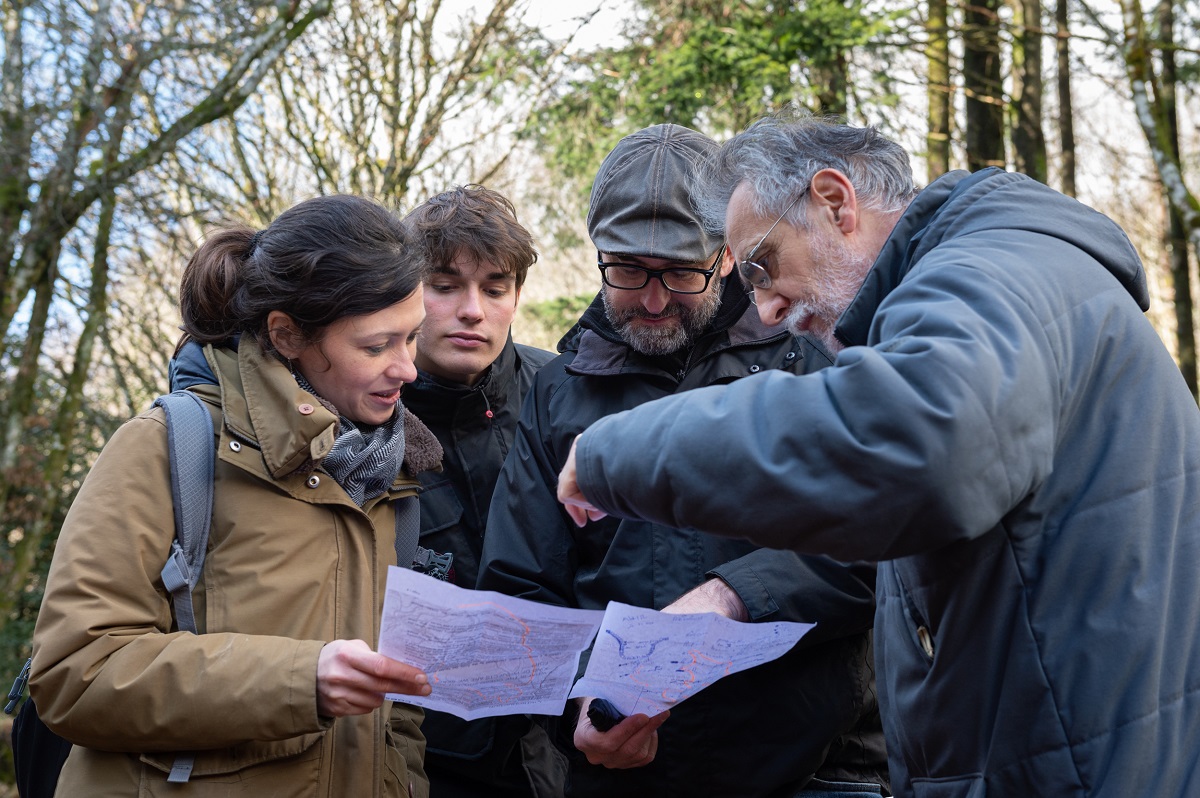





 If you have interesting news and events to point out in the field of digital cultural heritage, we are waiting for your contribution.
If you have interesting news and events to point out in the field of digital cultural heritage, we are waiting for your contribution.







































